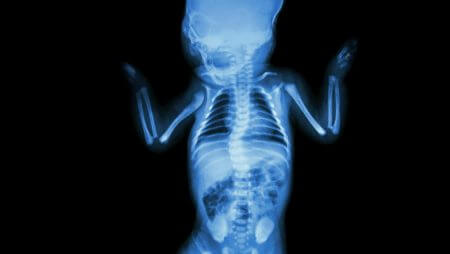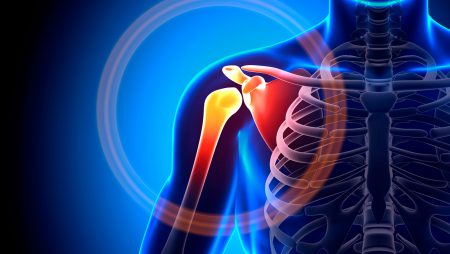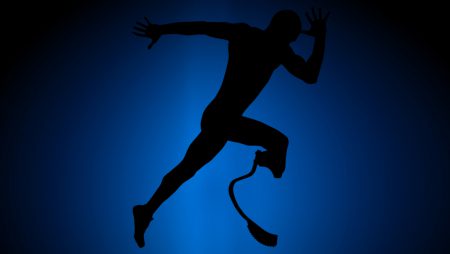The shoulder, which is a very moving joint, is frequently exposed to injuries. Pain, tenderness, slackness, weakness and restricted movement may occur. To know what the problem is after the examination, you may need a shoulder arthroscopy.
Your physician may recommend shoulder arthroscopy when non-operative treatments (rest, physical therapy, drug treatment, and local injections) are not answered.
Common arthroscopic repairs;
- Shaving bone protrusions
- Labrum tears repair
- Rotator cuff tears
- Bond repair
- Recurrent shoulder protrusions
- Cyst excision
- Cleansing intra-articular inflamed tissues and free cartilage
In surgery, the patient lies on the side or in the form of a beach seat position. This depends on the choice of the surgeon. The shoulder area is cleaned with feathers. Afterwards, it is cleaned with antiseptic solutions and liquid is injected into the shoulder joint. Problems related to the shoulder joint are identified from the monitor by entering the shoulder joint with an ectoscope. After the problem is identified, it is repaired with a separate incision to repair it.
Postoperative
The patient is staying in the hospital for one night. He is prescribed antibiotic and pain reliever to give bed rest to the patient with arm body bandage. The application of ice for swelling is done every 15 minutes and every 2 days. Sutures are taken 15 days after the operation. The healing rate is faster than open surgery. If the physician thinks it is necessary, the arm hanger must be used for a while.
With shoulder exercises shoulder strengthening and stretching should be done.
Physical therapy and rehabilitation program will be provided by the physician according to the surgical procedure. Healing is observed after about 6-8 months. It takes several months for the shoulder tears to heal.





